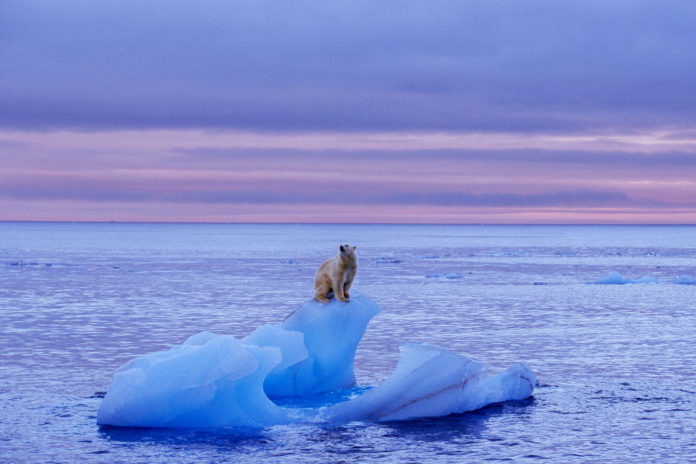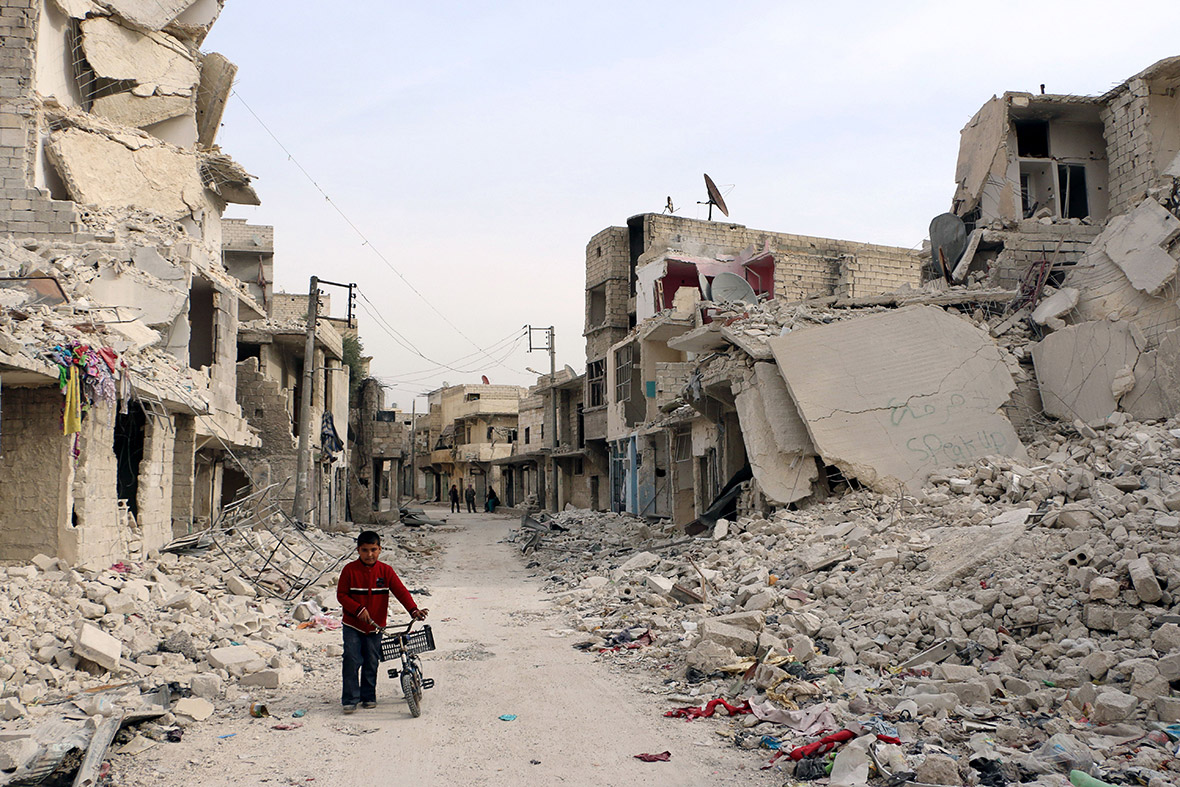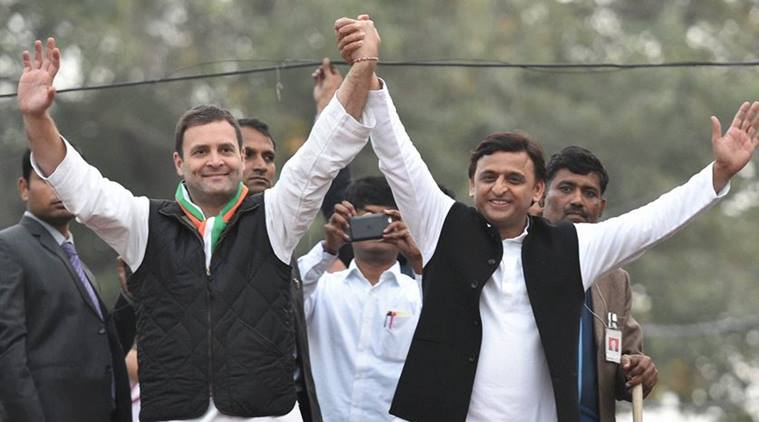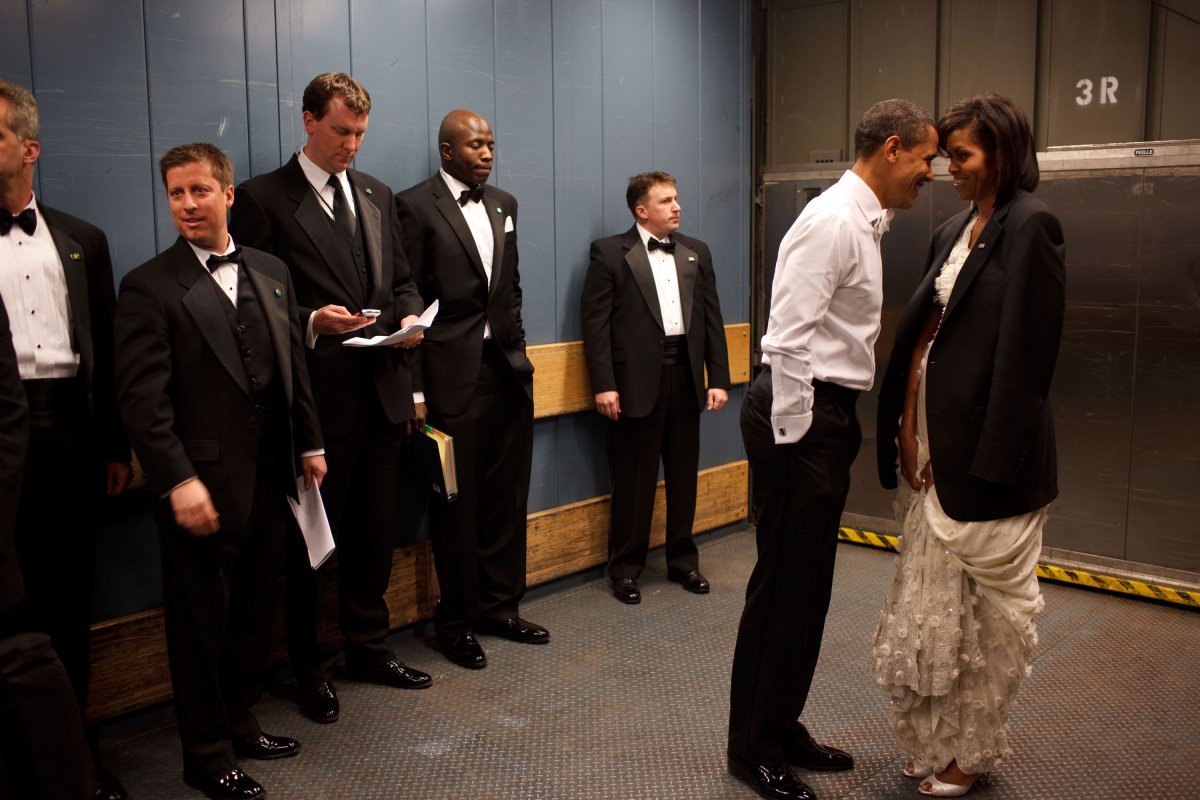Two newly released spiral visualisations of global-warming data reveal how human activities are linked to rising carbon-dioxide concentrations (CO2) and rising temperatures.
Visualized by Robert Gieseke of the Potsdam Institute for Climate Impact Research and Malte Meinshausen of the University of Melbourne, the animated GIFs (Graphic Interchange Format) and interactive versions show how atmospheric CO2 concentration has increased 40% since 1850 and two-thirds of the carbon budget that the world can use to limit global warming to 2 deg C has already been consumed.
Spirals were used as early as the 1880s by Antonio Gabaglio, an Italian statistics professor. Edward Tufte, an American statistician and professor emeritus at Yale University, who pioneered data visualisation, described it as “the whole world of seeing and thinking, bringing together how seeing and therefore thinking could be intensified”.
Speaking of their current work, Gieseke told IndiaSpend: “Visualizations have always been an important tool to make complex and large data understandable and to be able to spot trends–here we tried to make the (global warming) chain visible and make it intriguing to the viewer.”
The current visualizations are an extension of a popular animated graphic, spiraling global temperatures from 1850 to 2016, created by climate scientist Ed Hawkins, an associate professor at the University of Reading in U.K. Hawkins used what is called the spiral style, which mirrors the widening circles spawned by a stone plonked into a placid lake.
“When we saw the original spiral by Ed Hawkins, we were working on new datasets with concentration and emissions data, so we looked into visualizing them in the spiral style and putting them together,” Gieseke said of their effort.
Hawkins, meanwhile, spurred by the interest in the temperature visualization, has added this Arctic sea ice volume and updated global temperatures spiral. His work is detailed in the Climate Lab Book.
When the three visualizations–temperature, concentration, and carbon-budget spirals–are juxtaposed and viewed together, the connection between human-induced emissions, carbon-dioxide concentrations–represented as “carbon space”–and increase in the global mean temperature becomes clear.
The United Nation’s climate change conference in Paris, 2015, reaffirmed “the goal of limiting global temperature increase well below 2 deg C, while urging efforts to limit the increase to 1.5 deg C”.
On December 1, 2015, IndiaSpend reported how the world had used up two-thirds of its carbon budget for a 2-deg-C temperature rise and on June 29, 2016, reported how CO2 concentration levels breached 400 parts per million (ppm), a level that will endure for our lifetime.
Gieseke and Meinshausen have made the spirals interactive in the web version: You can pause, jump to specific years by moving your mouse over line charts at the bottom and observe changes in concentration and temperatures.
For instance, the interactive carbon budget—carbon budget is nothing but the amount of carbon you can still burn and yet keep the temperature below 2-degrees-Celsius rise — shows the speed with which the budget is spent.
“Over a hundred years, from 1850 until the 1950s, CO2 emissions rose from about 2 Gt (Giga tonnes) of CO2 to 10 Gt of CO2 per year,” said Gieseke. Within 50 years, yearly emissions tripled to 30 Gt of CO2 per year in 2000. That figure is now up to 40 Gt of CO2 per year.
Despite the clear human influence on the atmosphere, Gieseke is optimistic. “Our emissions from fossil fuels are the main cause of climate change, but if we act quickly it’s still possible to stop the trends visible in the spirals.”
Read the article here
Feature image courtesy environment.nationalgeographic.com


























